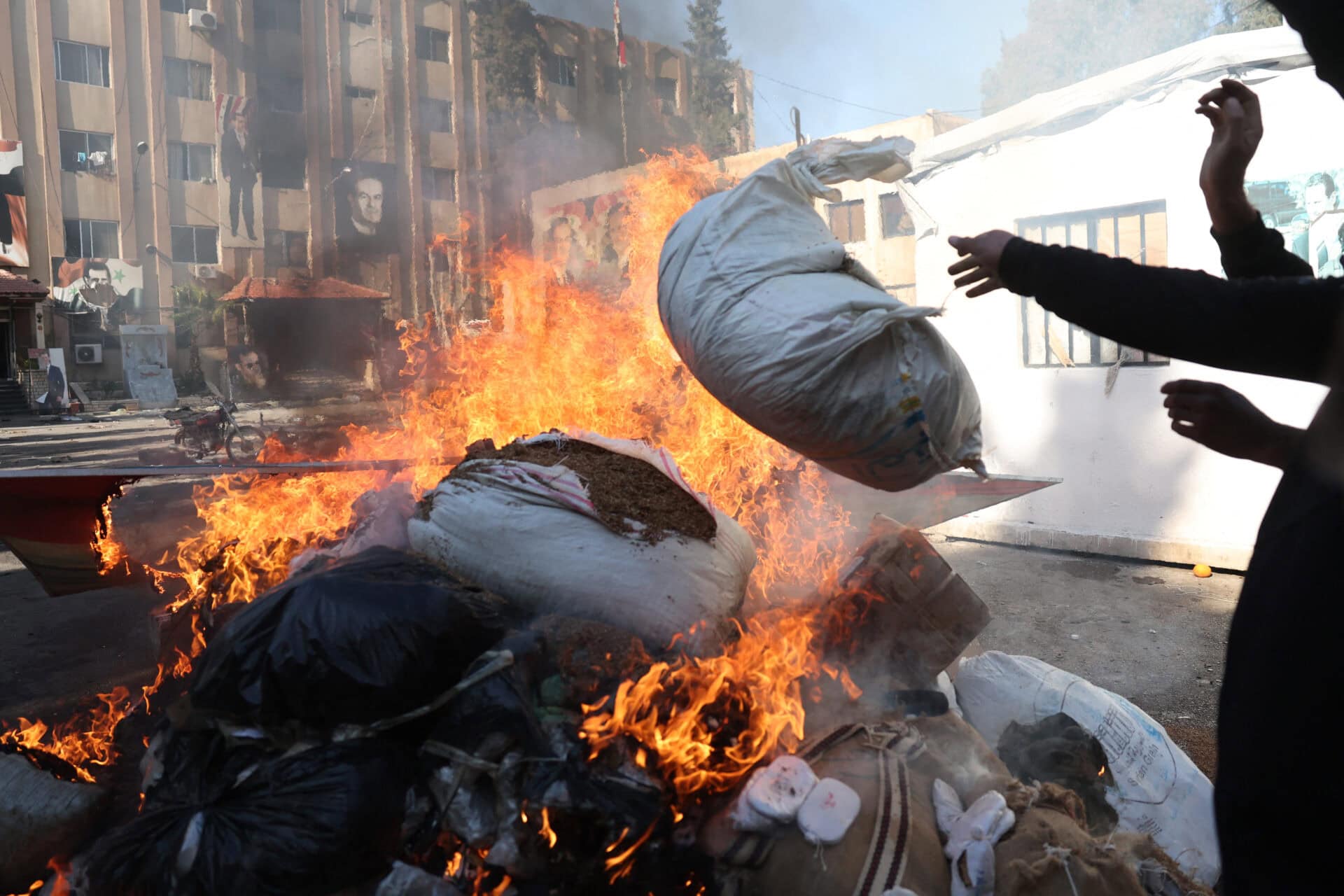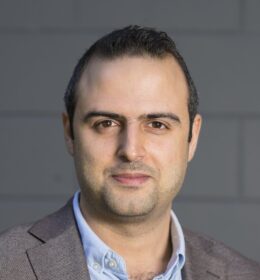Read the Intelligence Briefing Here
Executive Summary
The regime of deposed Syrian President Bashar al-Assad had been widely accused of sponsoring the country’s captagon trade. Media investigations linked state institutions, such as the 4th Armored Division and the Military Intelligence Directorate, as well as members of the Assad family, to the production and trafficking of the synthetic amphetamine-type stimulant, prompting international sanctions. Although the regime denied involvement, its role in the industry helped it sustain loyalist networks amid economic collapse and created political leverage it wielded against consumer markets in Gulf states. In contrast, Hayat Tahrir al-Sham (HTS), which spearheaded the operation that toppled Assad in late 2024, had enforced a strict antinarcotics stance in northwest Syria. After HTS formed a new government in the wake of Assad’s fall, the dynamics of the trade have shifted considerably.
Key findings
- Former HTS leader Ahmad al-Sharaa, now Syria’s interim president, has publicly committed to ending the captagon trade. His administration’s major interdictions of captagon labs and stockpiles indicate genuine steps toward this pledge.
- The Assad regime long maintained the narrative that Syria was merely a transit country for captagon. This narrative has now collapsed. Following the regime’s downfall, New Lines Institute for Strategy and Policy documented the seizure of over 200 million pills over a span of four months from various production facilities and warehouses – 20 times the amount Assad’s forces seized throughout all of 2024. These seizures occurred in former regime strongholds, including military installations like Mazzeh Airport and farms and warehouses owned by Maher al-Assad and other figures linked to the regime.
- The scale and locations of these busts – including industrial sites and state facilities – underscore the Assad regime’s complicity. Assad’s efforts to curb supply to Gulf states in the last year before his ouster now appear to have been driven by political calculations rather than genuine enforcement, as infrastructure remained intact and primed to resume production.
- Despite massive seizures following the downfall, arrests of producers, smugglers, and distributors have not followed. The technical knowledge to produce captagon remains intact and could be redeployed elsewhere. Smuggling networks continue to operate, though likely on a diminishing scale, as regime-linked stockpiles dwindle. Southern Syria, especially Suwayda, remains a key hotspot for captagon trafficking, protected by local armed groups, with signs of labs seeking safe haven in Lebanon.
- The regional response has evolved. Jordan has employed both airstrikes and intelligence coordination, while operations on the Lebanese border have intercepted precursor chemicals and counterfeit labeling equipment. A meeting in March, led by Jordan and Saudi Arabia, marked growing regional cooperation with the new Syrian government. Syria and Lebanon also signed a security agreement under Saudi auspices aimed at enhancing security coordination and securing their shared border, following the escalation of violent clashes with armed smugglers along the border.
- The interim government lacks institutional capacity for effective counternarcotics operations, reflected in its disposal methods, such as open-air burning and dumping of seized captagon into waterways, raising serious environmental concerns. Counternarcotics efforts within the country are poorly coordinated and suffer from a shortage of skills, financial resources, and necessary technologies.
- While industrial-scale production in former regime areas appears unlikely to resume, demand remains steady. With prices rising, makeshift labs may proliferate, though they lack the scale of former operations. The overall rise in prices may also drive users toward cheaper and more dangerous substitutes such as methamphetamine, escalating public health risks.
The views expressed in this article are those of the authors and not an official policy or position of New Lines Institute.







